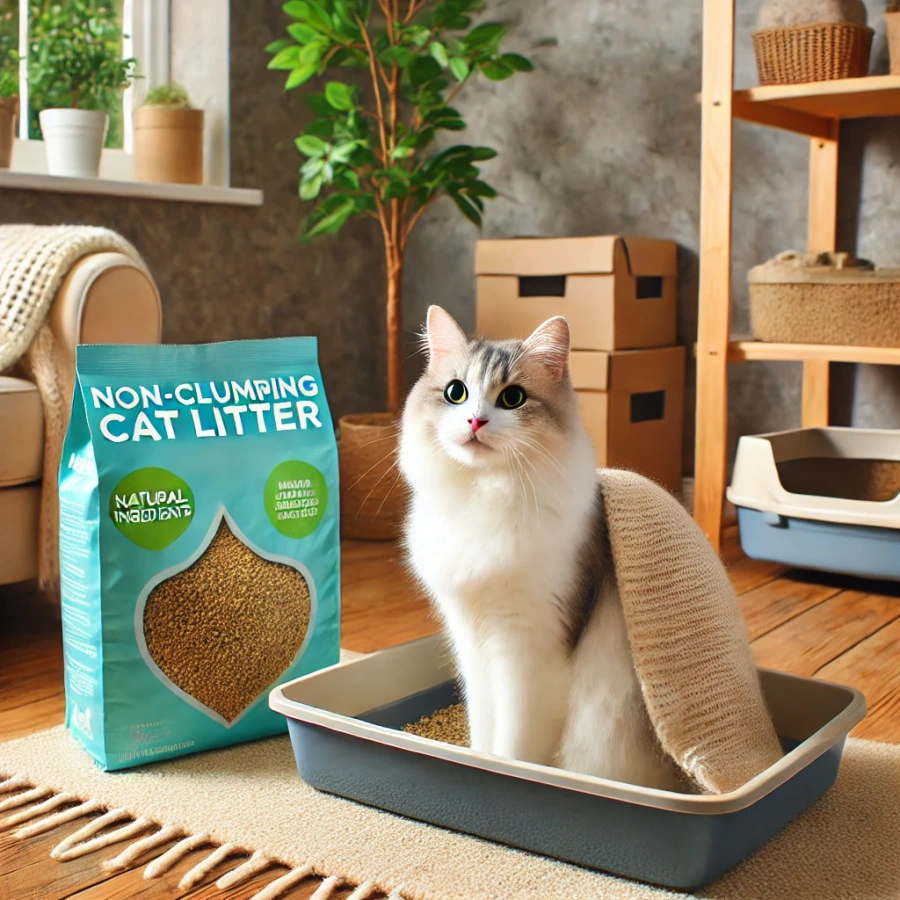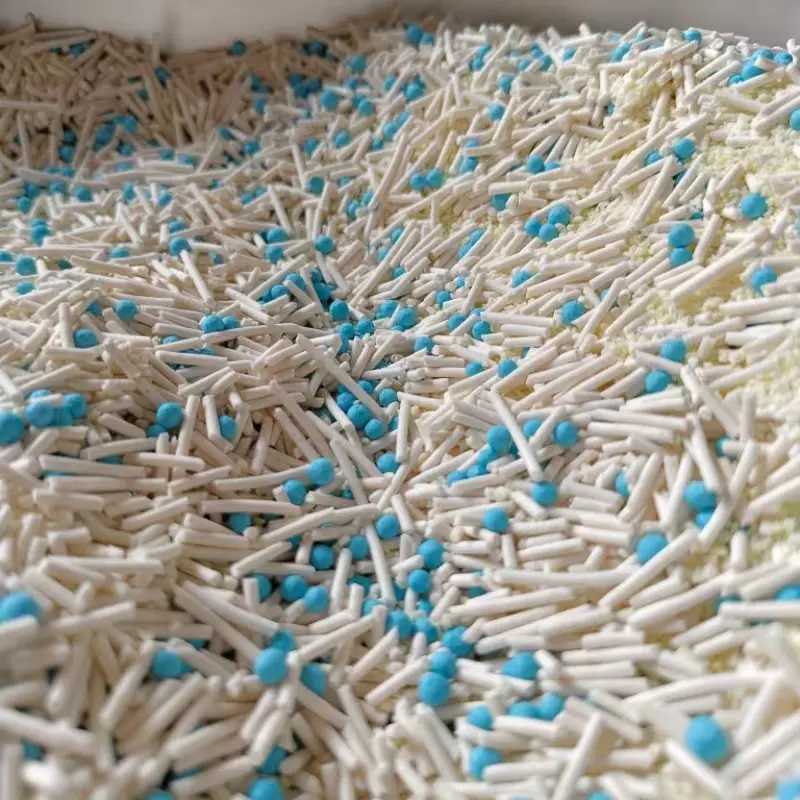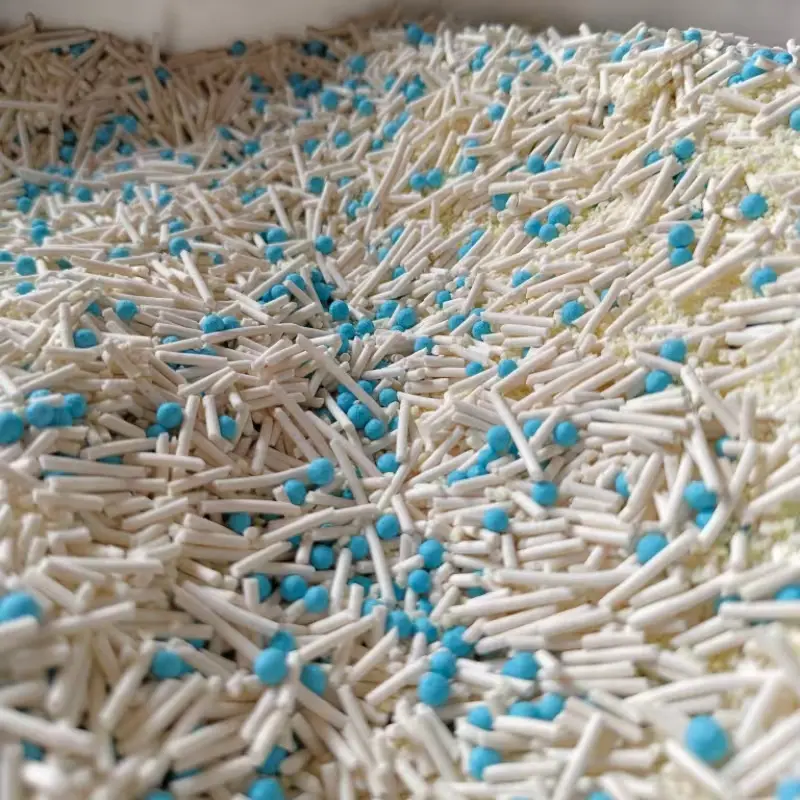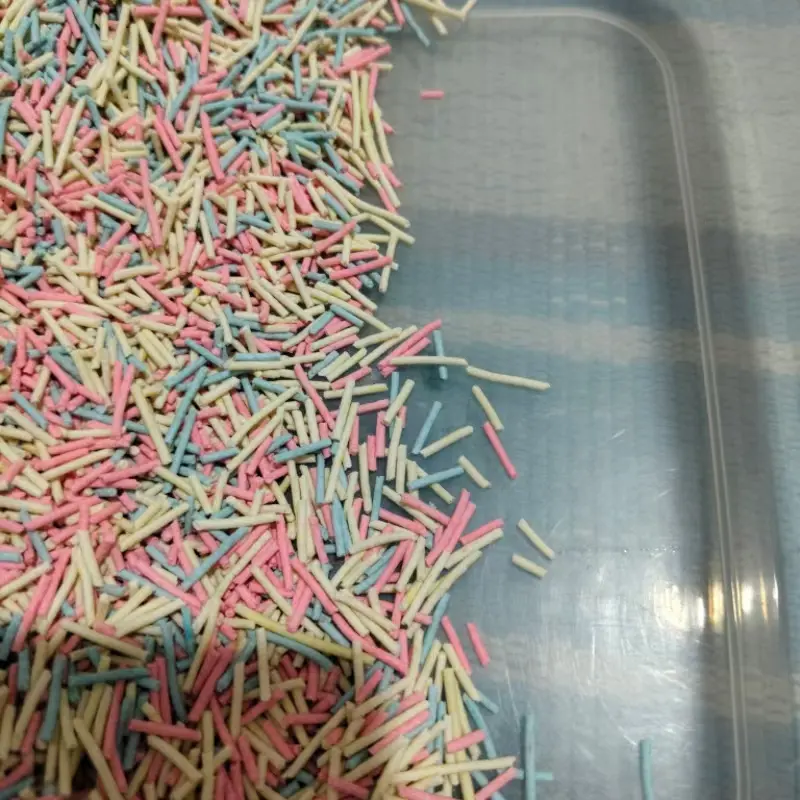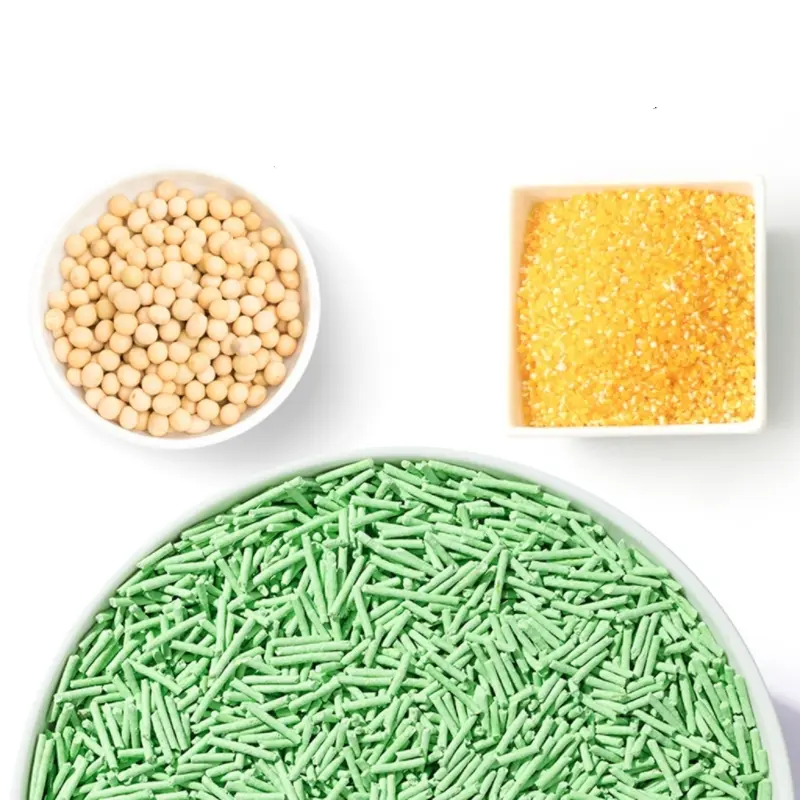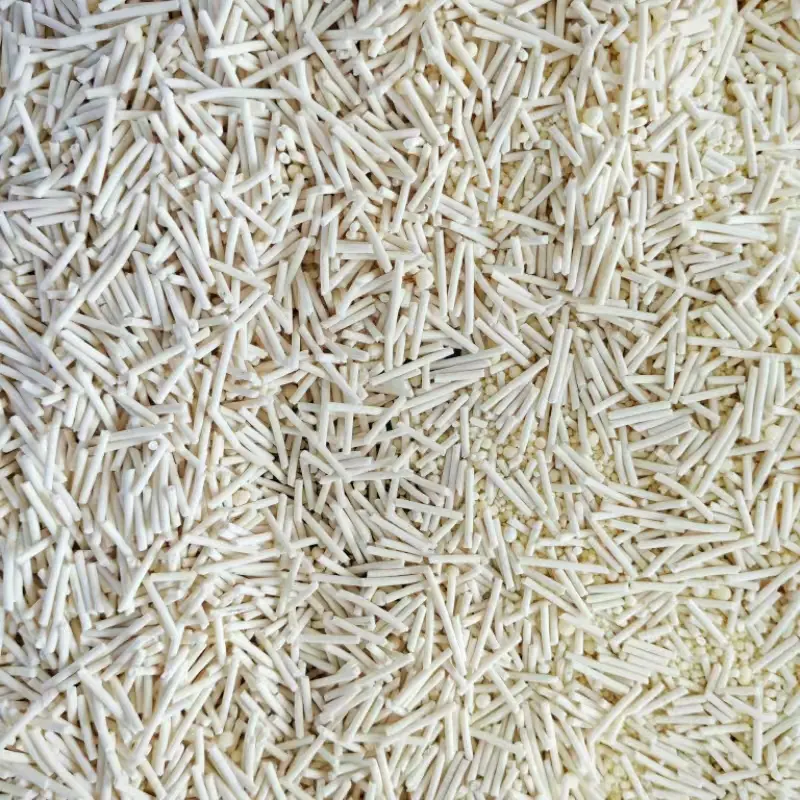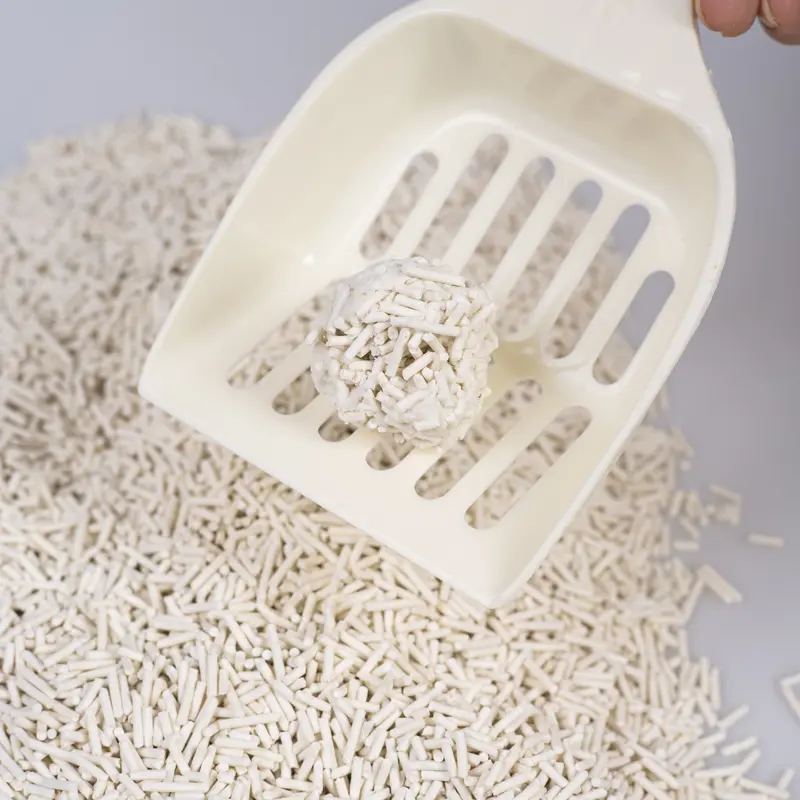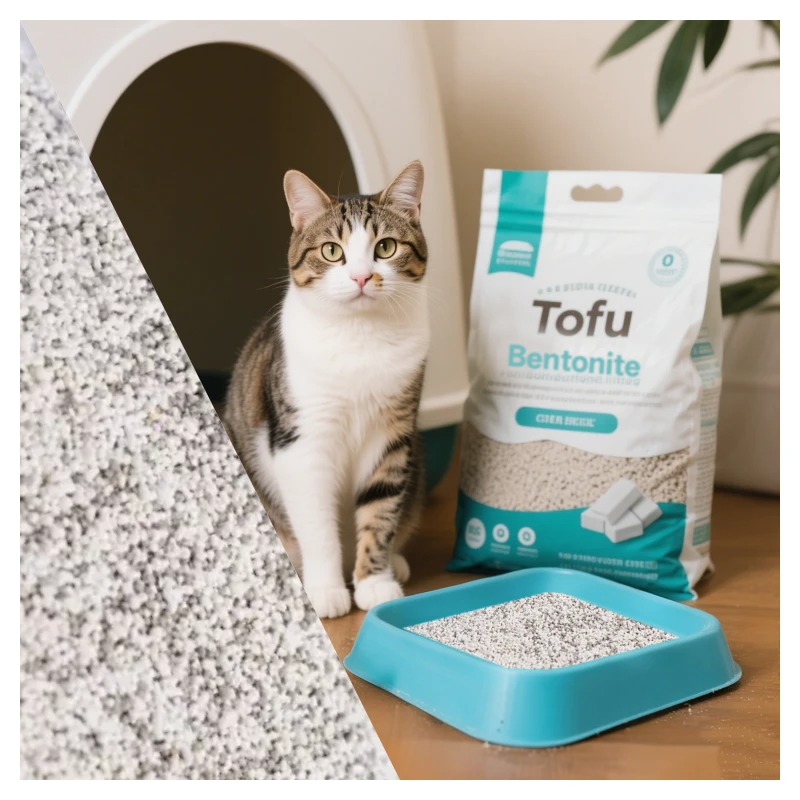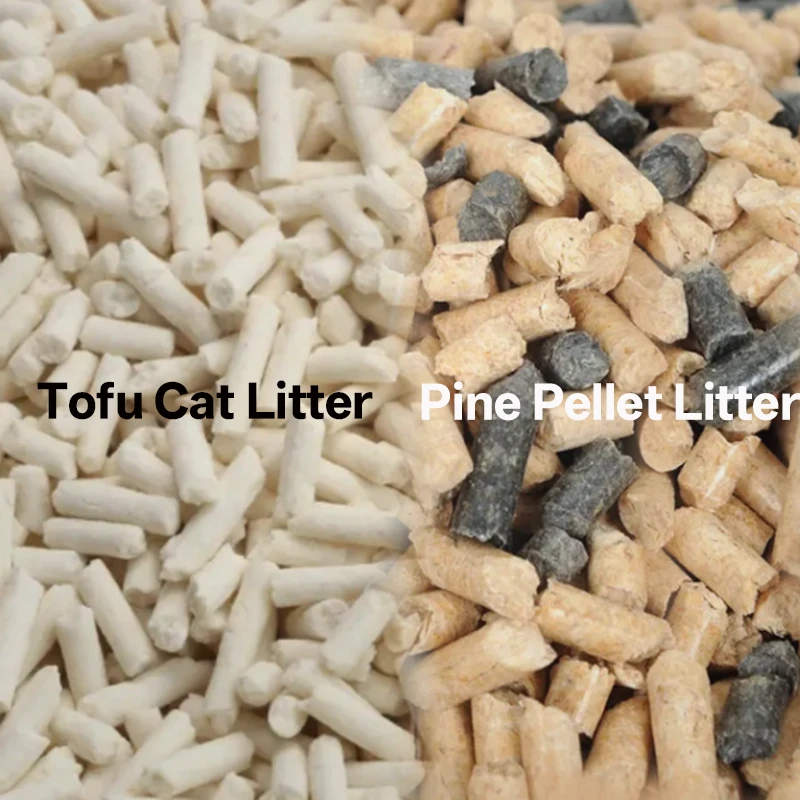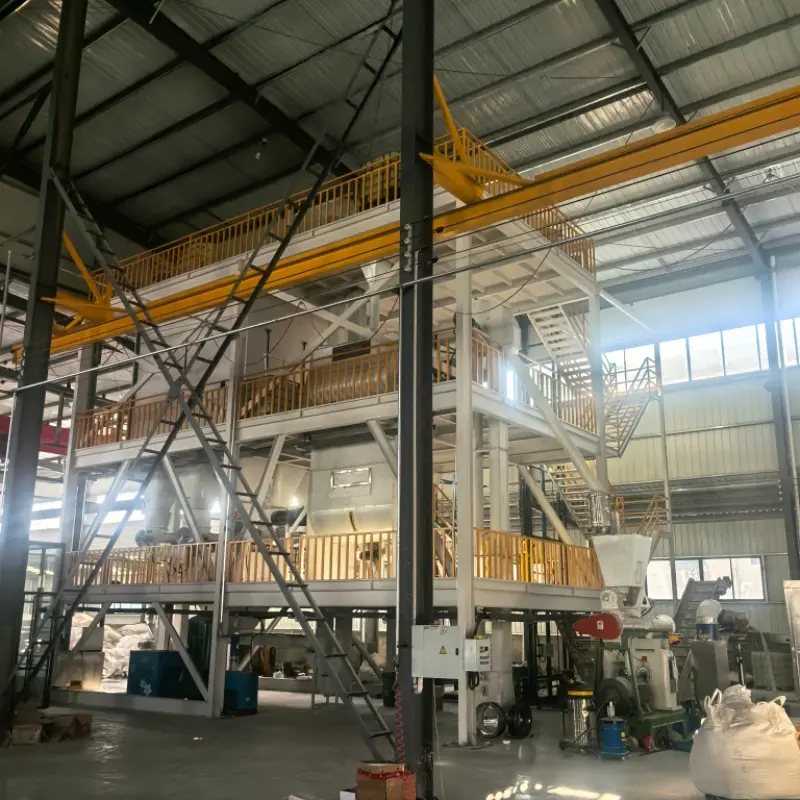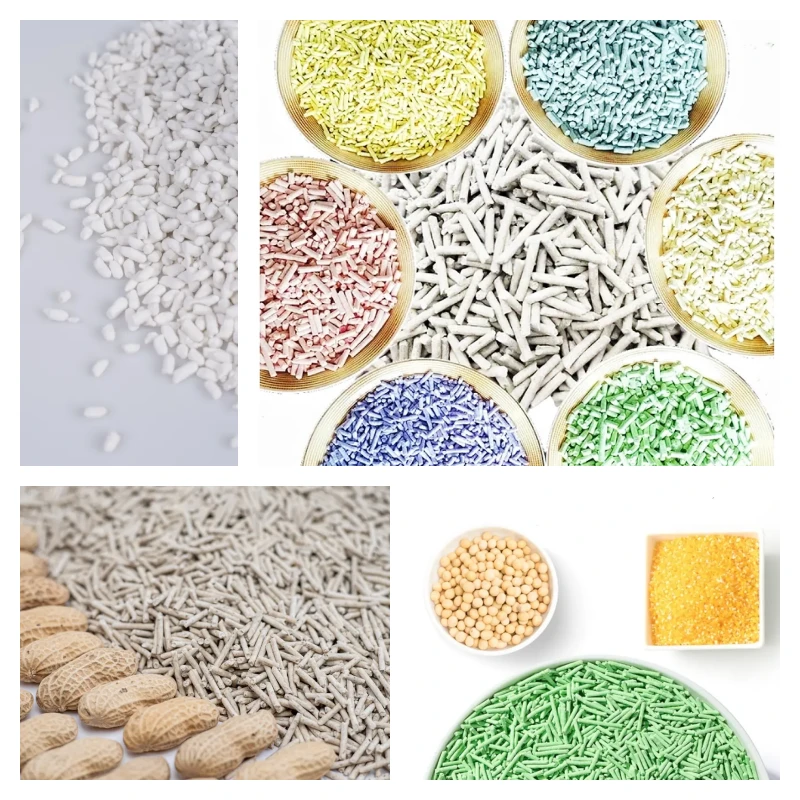The debate over the best type of cat litter is a long-standing one, with clumping and non-clumping varieties each having their own loyal followings. While clumping litter is often praised for its convenience, non-clumping litter has its own unique advantages, particularly for cat owners who prioritize safety, simplicity, and environmental impact. This essay explores the qualities that define the best non-clumping cat litter, comparing different materials and their benefits to determine which option stands out as the top choice.
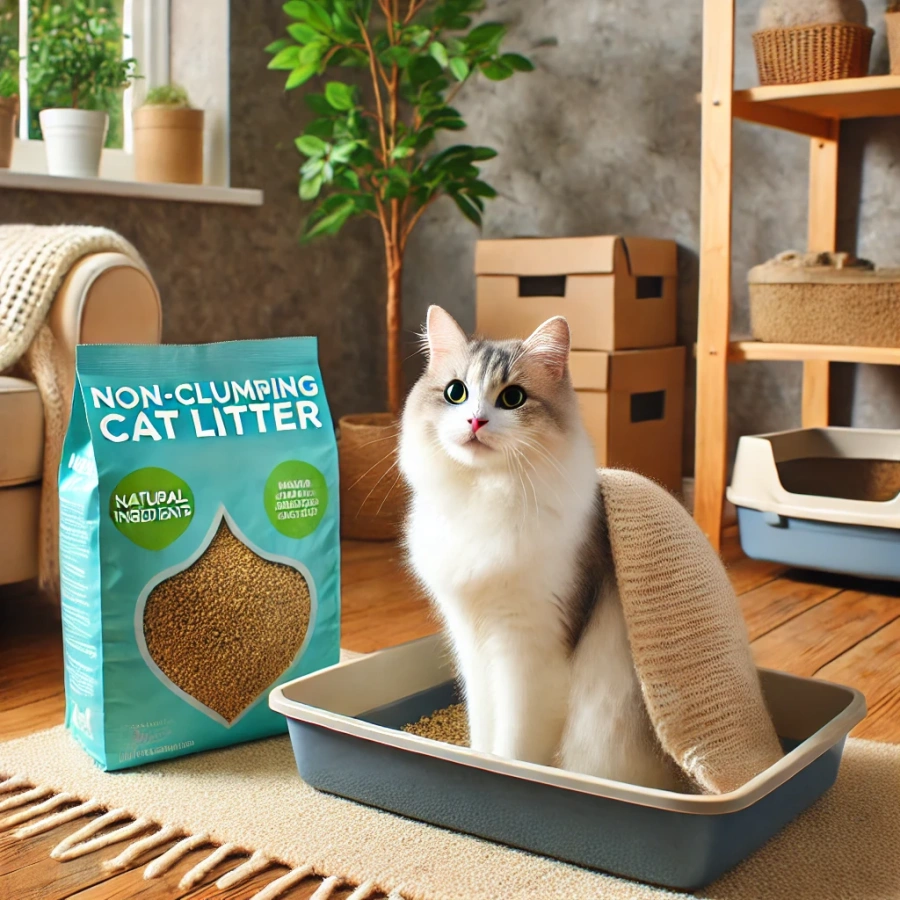
1. The Case for Non-Clumping Cat Litter
Non-clumping cat litter has been a staple for decades, offering a straightforward and reliable solution for managing cat waste. Unlike clumping litter, which forms solid clumps when wet, non-clumping litter absorbs moisture without binding together. This makes it particularly suitable for certain situations, such as:
Kittens: Non-clumping litter is safer for kittens, who may accidentally ingest clumping litter, leading to potential health risks.
Post-Surgery Cats: For cats recovering from surgery, non-clumping litter reduces the risk of dust or particles sticking to wounds.
Eco-Conscious Owners: Many non-clumping litters are made from natural, biodegradable materials, making them an environmentally friendly choice.
2. Key Qualities of the Best Non-Clumping Cat Litter
To determine the best non-clumping cat litter, we must evaluate several key factors:
a. Absorbency
The primary function of any cat litter is to absorb moisture effectively. The best non-clumping litters should quickly absorb urine and lock in moisture to prevent pooling and odors. Materials like clay, silica gel, and plant-based fibers are known for their high absorbency.
b. Odor Control
Odor control is a critical consideration for cat owners. The best non-clumping litters should neutralize odors effectively, either through natural absorbency or added deodorizers like baking soda or activated charcoal.
c. Dust Levels
Low-dust formulas are essential for maintaining a clean environment and protecting the respiratory health of both cats and humans. The best non-clumping litters should produce minimal dust during pouring and use.
d. Environmental Impact
Eco-conscious cat owners often prefer litters made from renewable, biodegradable materials. The best non-clumping litters should be sustainable and compostable, reducing their environmental footprint.
e. Cost and Availability
Affordability and accessibility are practical considerations. The best non-clumping litter should strike a balance between performance and cost, while being readily available in most markets.
3. Comparing Non-Clumping Litter Materials
Several materials are commonly used in non-clumping cat litter, each with its own strengths and weaknesses:
a. Clay-Based Non-Clumping Litter
Pros: Highly absorbent, affordable, and widely available.
Cons: Dusty, non-biodegradable, and often strip-mined, which is harmful to the environment.
Verdict: While effective, clay-based litters fall short in terms of sustainability and dust control.
b. Silica Gel Non-Clumping Litter
Pros: Excellent absorbency, superior odor control, and low dust.
Cons: Expensive, non-biodegradable, and can be uncomfortable for some cats due to its granular texture.
Verdict: Silica gel is a high-performing option but lacks eco-friendliness.
c. Plant-Based Non-Clumping Litter (e.g., Tofu cat litter, Pine, Wheat, Corn, Paper)
Pros: Biodegradable, low dust, and often made from renewable resources. Pine, for example, has natural odor-neutralizing properties.
Cons: May be less absorbent than clay or silica, and some cats may dislike the texture or scent.
Verdict: Plant-based litters are the most environmentally friendly and are ideal for eco-conscious households.
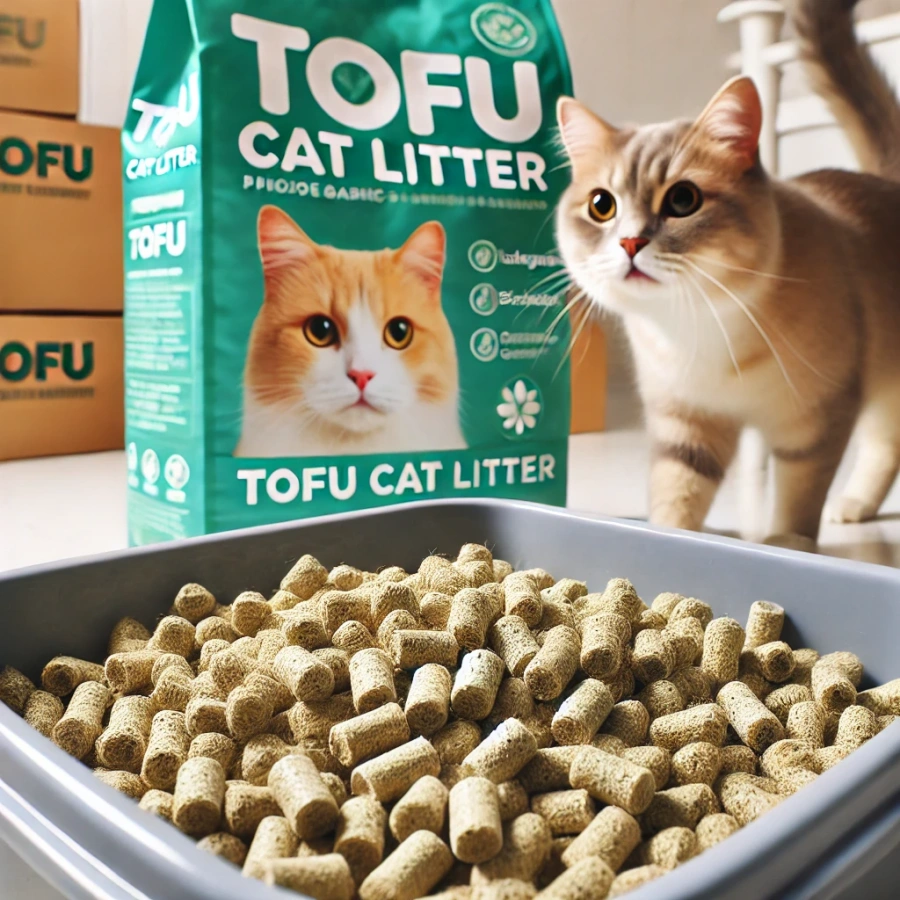
EG: Tofu cat litter
Tofu cat litter has become increasingly popular among cat owners in recent years, primarily because of its advantages. However, whether it is the "best" clumping cat litter depends on individual needs and specific usage conditions. Here’s an overview of its pros and cons:
Advantages:
Eco-friendly and Biodegradable:
Tofu cat litter is typically made from natural soybean products, making it highly biodegradable and more environmentally friendly.Low Dust:
Compared to traditional bentonite cat litters, tofu cat litter usually produces less dust, which can help reduce respiratory irritation for both cats and their human companions.Clumping Performance:
Many tofu cat litter products offer good clumping ability, which makes cleaning up easier. However, the clumping effectiveness can vary depending on the brand and formulation.Lightweight and Easy to Handle:
It is generally lighter than many traditional litters, making it more convenient to transport and handle.Considerations:
Absorption and Odor Control:
Although tofu cat litter performs well in clumping and odor control, there are cases—such as with cats that produce a lot of urine or have strong odors—where more frequent replacement may be necessary. Performance can also differ among brands.Price:
Tofu cat litter might be slightly more expensive than some conventional cat litters, which is an important consideration for households on a budget.Cat Acceptance:
Every cat has its own preferences. Some cats may readily adapt to the texture of tofu cat litter, while others might prefer different types.Summary:
Tofu cat litter, as an eco-friendly, low-dust option with good clumping performance, is indeed considered one of the high-quality clumping cat litters available. However, the term “best” is subjective: if you value environmental friendliness, health, ease of cleaning, and low dust, then tofu cat litter could be an excellent choice for you. Conversely, if you prioritize superior absorption or cost-effectiveness, you might want to explore other options as well. It is advisable to try different brands and types of cat litter to find the one that best meets your and your cat’s needs.
d. Recycled Paper Non-Clumping Litter
Pros: Dust-free, biodegradable, and soft on paws.
Cons: Less absorbent than other materials and may require more frequent changes.
Verdict: A good option for cats with respiratory issues or sensitivities, but less efficient for heavy use.
4. The Winner: Plant-Based Non-Clumping Litter
After evaluating the various options, plant-based non-clumping litter emerges as the best choice overall. Materials like pine, wheat, and corn offer a winning combination of absorbency, odor control, and sustainability. Pine litter, in particular, stands out for its natural deodorizing properties and low environmental impact. While it may not be as absorbent as clay or silica, its eco-friendly composition and minimal dust make it a superior option for cat owners who prioritize both performance and sustainability.
911443.webp)
5. Practical Tips for Using Non-Clumping Litter
To maximize the benefits of non-clumping litter, consider the following tips:
Frequent Scooping: Remove solid waste daily to maintain cleanliness.
Regular Replacement: Change the entire litter box weekly, as non-clumping litter does not form clumps and can become saturated over time.
Layer Thinly: Use a shallow layer of litter to ensure even absorption and easier cleanup.
Conclusion
The best non-clumping cat litter is one that balances absorbency, odor control, low dust, and environmental sustainability. While clay and silica gel litters offer strong performance, their environmental drawbacks make them less ideal. Plant-based litters, particularly those made from pine, wheat, or corn, provide a natural, eco-friendly solution that meets the needs of both cats and their owners. By choosing plant-based non-clumping litter, cat owners can create a healthier, more sustainable environment for their pets and the planet.
